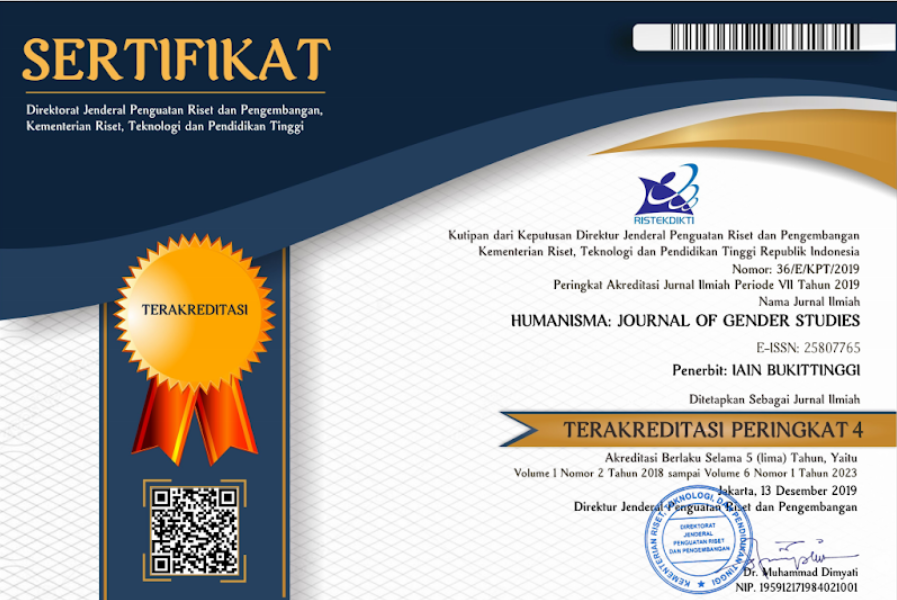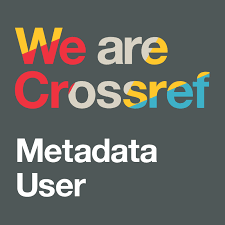POLITISASI HIJAB KONTESTASI PEMILIHAN KEPALA DAERAH
DOI:
https://doi.org/10.30983/humanisme.v3i2.2412Keywords:
hijab, female candidate, political stage, electionsAbstract
This research about the transformation of hijab women candidates in the political stage direct election of the regional head (Pilkada). In Indonesia hijab experienced a transformative instrument motif. This is related to the dynamics of democratization in Indonesia, the factor of political identity and religious polarization is very strong. The focus of this study is the motive of wearing a hijab on women's candidates influenced various aspects including religion, fashion trend, even political interests to gain power. The theoretical study uses the rational action theory approach is the front stage and backstage. The object of this research is women candidates who suddenly use the hijab before the election of the regional head. The purpose of this study to determine the motives behind the use of hijab, the objective of political parties to bring women candidates wearing hijab to gain sympathy and captivate the voice of Muslim voters. The research method is a textual analysis on the use of Hijab. The results are expected with the emergence of women candidates who have hijab in direct local elections (Pilkada) bringing blessings and benefits, not just playing masks on the political stage as a means of winning and power for personal and group interests.
References
Bennett, Linda Rae, 2005. Women, Islam, and modernity. New York: Hill and Wang
Davis, Fred. 1992. Fashion, Culture, and Identity. Chicago: The University of Chicago Press.
Freideman, Jonathon. 1992. “Narcissism, Roots and Postmodernity: The Constitution of Selfhood in the global Crisisâ€, Modernity and Identity, Scott lash & Jonathan freidman (Eds). Oxford: Blackwell.
Lukenns-Bull, Ronald. 2005. A Peaceful Jihad: Negotiating Tradition, Modernity, and Identity. New York. Palgrave Macmillan.
Purdey, J. (2016). Narratives to power: The case of the Djojohadikusumo family dynasty over four generations. South East Asia Research, 24(3), 369-385.
Qodir. Zully. 2011. Public Sprere Contestation: Configuration of Political Islam in Contemporary Indonesia. Indonesia Journal of Islam and Muslim Societies. Vol. I No. 1, 123-149.
Storey, Jhon. 1996. Cultural Studies & Study of Popular Culture; Teorie and Methods. Edinburgh: Edinburgh University Press.
Azan dan Jilbab, Prespektif Maqasid as Syariah https://beritasampit.co.id/2018/04/23/azan-dan-jilbab-prespektif-maqasid-as-syariah.
‎Metafora Coin Hubungan Masjid dan Politik https://beritasampit.co.id/2018/04/24/metafora-coin-hubungan-masjid-dan-politik/
Umar, Nazarudin. 2014. Ketika Fiqih Membela Perempuan. PT Alex Media Komputindo Jakarta
Muhith, Nur Faizin.2002. Definisi Jilbab Dalam Alqur’an dan Jilbab Zaman Sekarang. Dalam http://www.indojilbab.com
Downloads
Submitted
Accepted
Published
Issue
Section
License
Authors who publish with this journal agree to the following terms:
- Authors retain copyright and grant the journal right of first publication with the work simultaneously licensed under a Creative Commons Attribution-ShareAlike 4.0. that allows others to share the work with an acknowledgment of the work's authorship and initial publication in this journal.
- Authors are able to enter into separate, additional contractual arrangements for the non-exclusive distribution of the journal's published version of the work (e.g., post it to an institutional repository or publish it in a book), with an acknowledgment of its initial publication in this journal.
- Authors are permitted and encouraged to post their work online (e.g., in institutional repositories or on their website) prior to and during the submission process, as it can lead to productive exchanges, as well as earlier and greater citation of published work (See The Effect of Open Access).



















